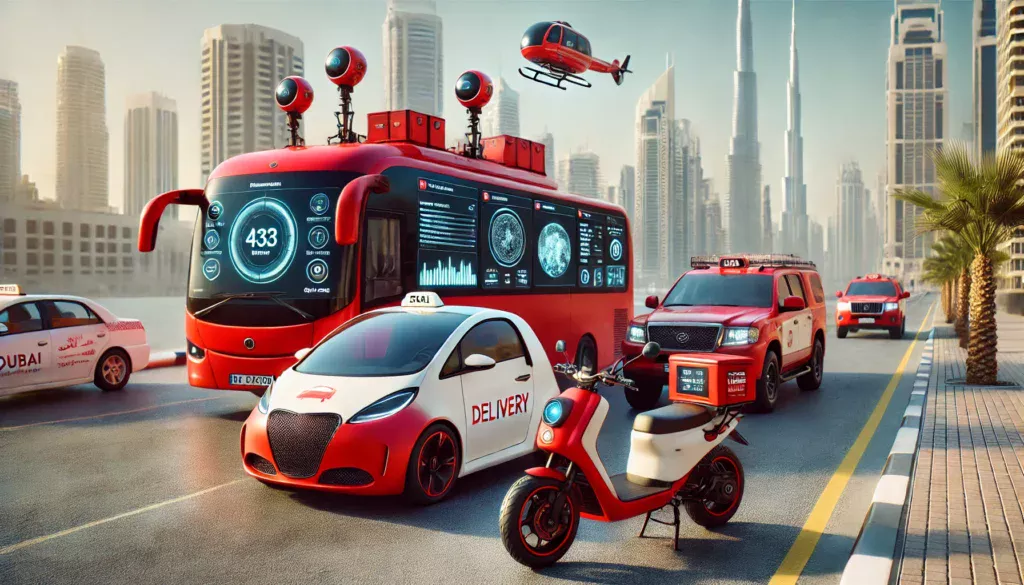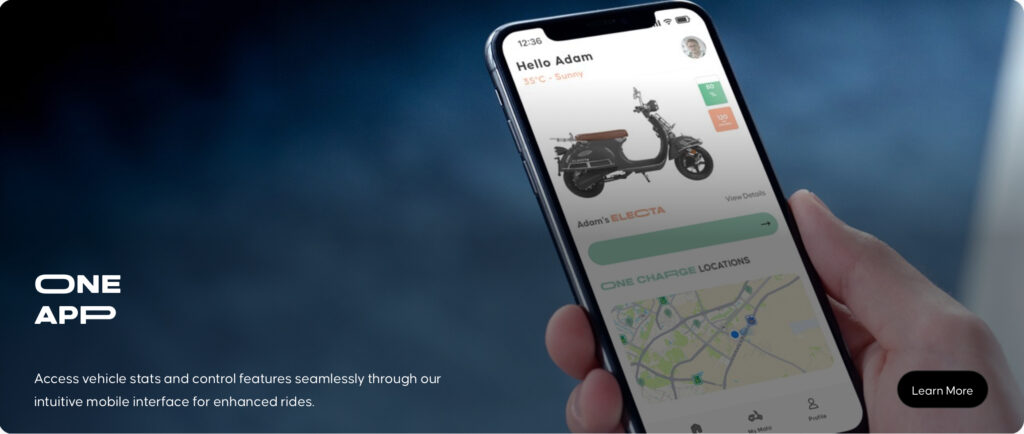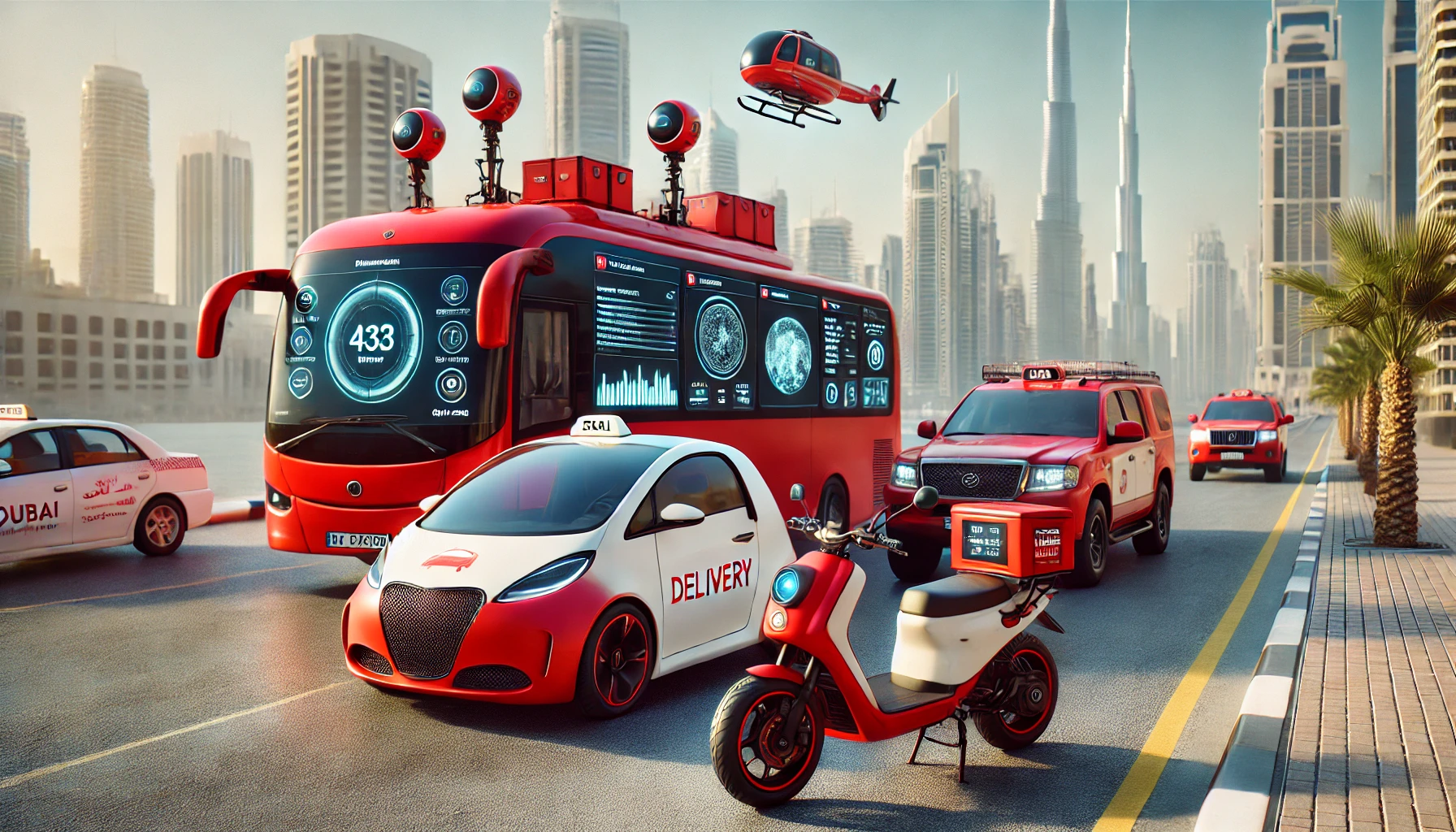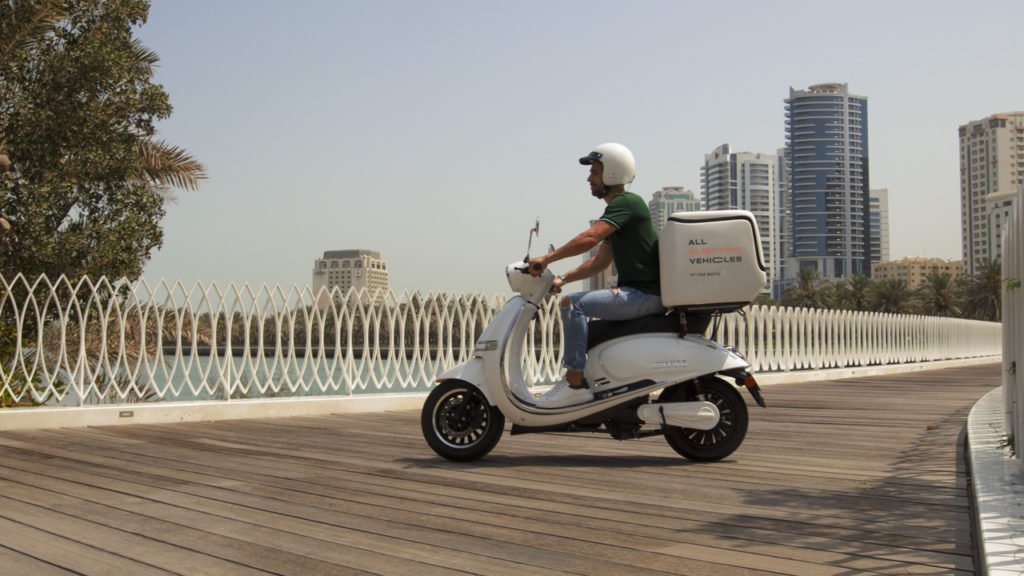Advances in telemetry and AI are fundamentally transforming road safety. What are the benefits to the Roads and Transport Authorities, Delivery Aggregators, Delivery Riders/Drivers, 3rd Party logistics? Read this article and you’ll find out.
What is Vehicle Telemetry?
For those who have heard the term but aren’t aware: Telemetry involves the automatic measurement and wireless transmission of data from vehicles to a central system. In the context of vehicles, it means capturing details such as speed, location, acceleration, rider/driver behaviour braking patterns, and engine diagnostics. The ONE MOTO vehicles are equipped with a variety of sensors that gather and transmit these metrics to cloud-based platforms. Yet, pre-existing vehicles which don’t have this technology need to be retro-fitted, but that’s OK. We have that covered.
This data is highly valuable, it provides insight into driving behaviour, vehicle performance, and traffic conditions. By tracking these metrics, manufacturers and fleet operators can identify patterns indicating potential hazards or risky driving behaviours. This real-time data becomes the foundation for AI systems designed to help prevent accidents.

The benefits:
Roads and Transport Authorities: A complete over-arching understanding of how the roads are being used, and the vehicles using them. The aggregated data, over time will also be able to predict traffic patterns, assess road quality/damage and (if needed) monitor and manage the correct, safe parameters for these roads.
Fleet Operators: Full access to fleet and rider management, vehicle performance, maintenance scheduling and predictive maintenance. Reducing operational costs, improving operating margins and providing a safer environment for their riders and drivers.
Delivery Aggregators/Platforms: Although many are positioned as a tech company, the orchestrator between customer and producer, they have their in-house data, rich in consumer buying patterns, behaviours and equipping them with the tools to increase Average Transaction Value (ATV). They currently don’t have the secret sauce, but the recipe is nearly complete – telemetry – understanding the vehicles and fleet operations of their third party logistics suppliers and partners will allow them to optimise routes, reduce working hours of their ‘couriers’, create micro-zones for delivery and increase the per hour order volumes.
Delivery Riders and Drivers: These workers do face the brunt end of the deal. When fuel prices increase they pay more, when they have servicing downtime, it’s on their dime. If the orders aren’t available (over supplied riders) their delivery volumes decrease, resulting in them working longer hours, to achieve their daily target. Telemetry in their vehicles optimises their job, manages their workflow, supports them and their safety and decreases their cost of operations – saving over 29% of their gross annual salary.
How it benefits the consumer and delivery aggregator: The greatest KPI is the speed of which the product/item.food gets delivered. A highly marketed sales trigger tapping into the ‘hangry’ on demand, the ‘delivery of everything, now’ customer.

AI as the Co-Pilot
Artificial intelligence takes telemetry data and interprets it to make split-second decisions based on what it “observes.” With advanced algorithms, AI can process large amounts of information quickly, recognise patterns, and predict possible outcomes. For example, an AI system might assess the likelihood of a collision by examining driving habits, current road conditions, or even the time of day.
When combined, AI and telemetry make a powerful team. Systems such as advanced driver-assistance systems (ADAS) can monitor elements like lane positioning and surrounding traffic. These AI-powered systems can issue warnings, apply brakes, or adjust steering to avoid potential accidents. Acting as a vigilant co-pilot, AI offers an extra layer of safety beyond human capacity.
Preventing Accidents with Predictive Analysis
A major advantage of AI-powered telemetry is predictive analysis. By studying historical data along with real-time information, AI can foresee dangerous scenarios before they happen. For instance, if a driver regularly brakes hard at certain junctions, AI could predict this behaviour and adjust the vehicle’s response to mitigate risk.
In fleet management, this predictive capability is invaluable. Fleet managers can detect drivers who engage in high-risk behaviours, such as speeding or abrupt braking, allowing for targeted interventions before accidents occur. These predictive insights enable companies to proactively address safety, benefiting both fleet drivers and other road users.

Real-Time Monitoring and Emergency Response
Telemetry systems excel in real-time monitoring by continuously sending data that alerts safety systems. If an unexpected event occurs, such as sudden braking or swerving, the telemetry system can identify this as a high-risk situation. AI can then evaluate it in real time, notifying the driver or dispatching emergency assistance if necessary. This approach ensures rapid response, even if the driver is incapacitated or unaware of the danger.
Additionally, some AI systems can detect signs of fatigue or distraction. If telemetry reveals erratic lane-keeping or prolonged periods without steering input, the AI might interpret this as drowsiness and recommend a rest break. Since fatigue is a leading cause of vehicle accidents, these alerts can be critical in preventing crashes.
What are the applications?
Taxis, Delivery Motorcycles, Commercial Vehicles, Busses, P2P Sharing (cars, scooters), the opportunities are able to be cross-integrated providing the government and authorities with a compete overview to base all future safety decisions upon.
Looking Forward: A Safer Road Ahead
The potential for telemetry and AI to reduce accidents is enormous, yet we’re only beginning to explore the possibilities. Future advancements will likely bring even greater integration between vehicles and their environments. More sophisticated V2X communication, enhanced AI algorithms, and richer telemetry data will continue to improve predictive safety features.
How is this integrated into existing vehicles?
Telemetry is included as standard in the ONE MOTO fleet of vehicles, we believe in safety, we commit to it. It is our responsibility.
For existing vehicles, these need to be retrofitted and we are accountable for ensuring this happens, monitoring, training and helping our customers understand the dat they receive.


